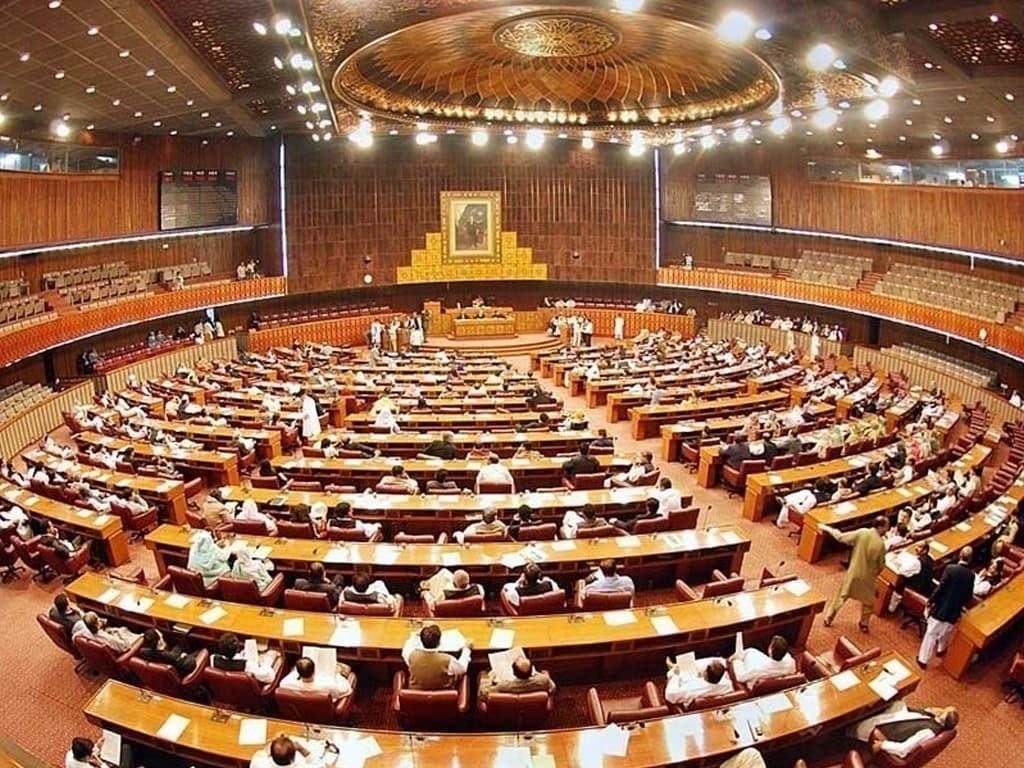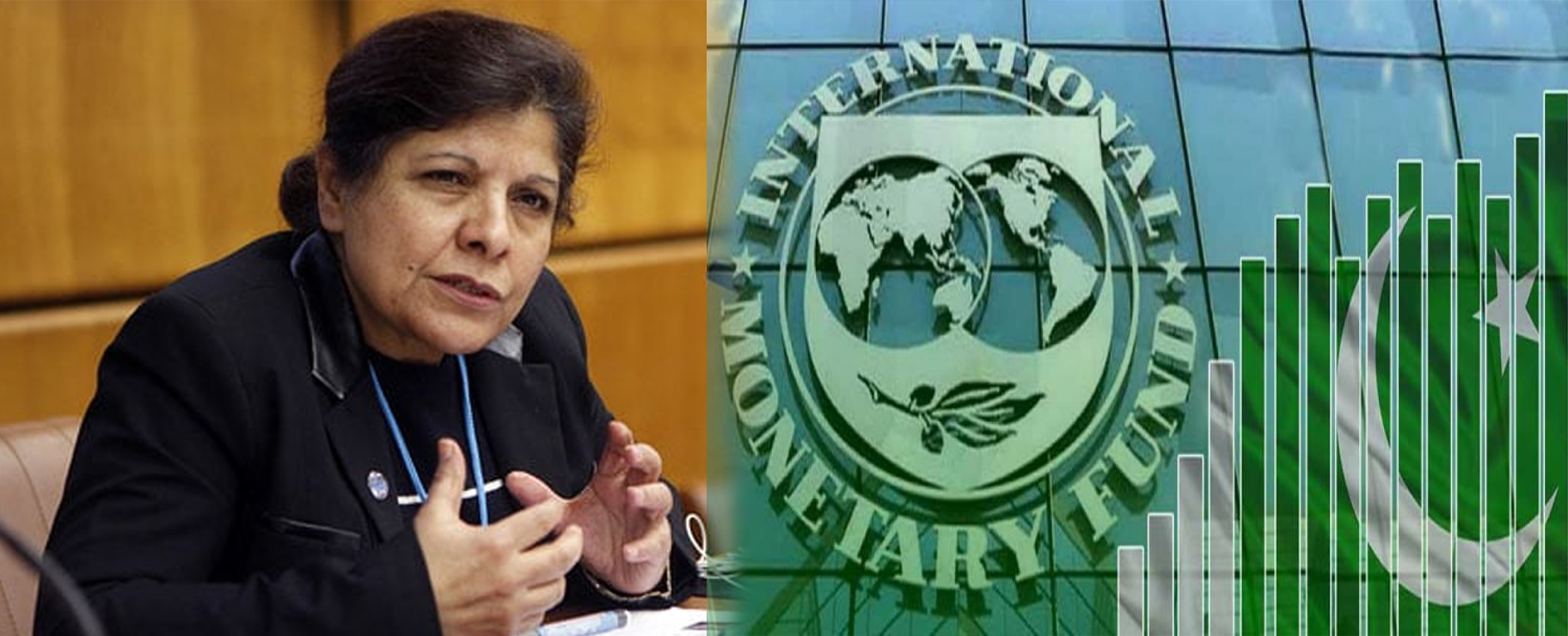Mohsin Siddiqui (Chief Reporter)
Pakistan’s coalition government is poised to present the 2024/2025 budget on Wednesday, outlining ambitious fiscal targets to bolster its case for a new bailout deal with the International Monetary Fund (IMF). This budget, covering the fiscal year from July to June, is seen as pivotal in the nation’s efforts to secure a loan estimated between $6 billion and $8 billion, crucial for averting an economic default.
Importance of the Budget for IMF Negotiations
The budget’s significance cannot be overstated, as it aims to close the gap between revenue collection and total expenditure. “The budget holds critical significance for Pakistan’s IMF programme and must close the gap between our revenue collection and total expenditure; it is thus likely to be contractionary,” said Ali Hasanain, head of the economics department at the Lahore University of Management Sciences.
Last summer, Pakistan narrowly avoided default thanks to a short-term IMF bailout of $3 billion over nine months. While the country has since managed to control its fiscal and external deficits, this stability came at the cost of reduced growth and industrial activity, alongside high inflation rates. Inflation averaged nearly 30% in the last financial year and 24.52% over the last 11 months.
For the upcoming fiscal year, Pakistan aims to achieve a growth target of 3.6%, a notable increase from this year’s 2% and a stark contrast to last year’s economic contraction. Prime Minister Shehbaz Sharif has publicly committed to implementing tough reforms since his election in February. However, high prices, unemployment, and a lack of new job opportunities continue to exert political pressure on his coalition government.
Standard Chartered highlighted the difficulties the government faces in implementing all the measures likely prescribed by the IMF, such as broadening the tax base and increasing power tariffs. “A weak coalition government, a vocal and popular opposition, and the difficulty of implementing deep-rooted structural reforms were seen as reasons for caution,” the bank noted. There is also concern that tough fiscal measures could provoke a public backlash.
The budget presentation will be a critical test for the new Finance Minister Muhammad Aurangzeb, formerly the chief of HBL, Pakistan’s largest bank. He has been tasked with formulating fresh policy solutions to address persistent economic challenges. Previous finance ministers have avoided difficult measures such as cutting subsidies, reducing government spending, and increasing tax revenues from politically sensitive sectors like real estate, agriculture, and retail.
A key aspect of the upcoming budget will be the targets set for proceeds from privatization. Pakistan is planning to make its first major sale in nearly two decades by selling a stake in its national airline. This is expected to be the first in a series of sales of loss-making entities, particularly within the troubled power sector.
Market experts believe that the central bank might opt for easing monetary policy amid a downward trend in the inflation rate. Mustafa Pasha, chief investment officer at Lakson Investments, pointed out the challenges in taxing agriculture, retail, and real estate, suggesting that poorly structured attempts could face legal challenges and hinder revenue collection. Nonetheless, failing to meet IMF demands could delay a new program, a scenario Pakistan cannot afford for long.
Since the last MPC meeting in April, several key economic developments have taken place. The Pakistani rupee appreciated marginally by 0.07%, while petrol prices increased by over 9.5%. International oil prices remained stable around $80 per barrel. The Consumer Price Index (CPI) inflation rate clocked in at 11.8% in May, a significant drop from 17.3% in April. Additionally, Pakistan’s current account posted a surplus of $491 million in April, up from a revised surplus of $434 million in the previous month.
Foreign exchange reserves held by the SBP decreased by $100 million on a weekly basis, standing at $9.109 billion as of May 24. The country’s total liquid foreign reserves were $14.216 billion, with net foreign reserves held by commercial banks at $5.106 billion.




